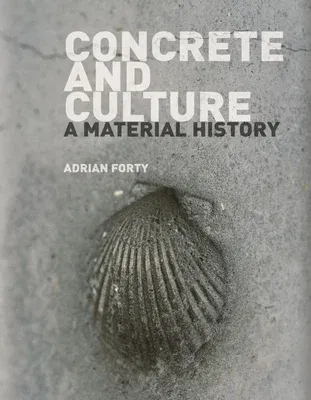Adrian Forty
(Author)Concrete and Culture: A Material HistoryPaperback, 15 August 2016

Qty
1
Turbo
Ships in 2 - 3 days
In Stock
Free Delivery
Cash on Delivery
15 Days
Free Returns
Secure Checkout

Print Length
304 pages
Language
English
Publisher
Reaktion Books
Date Published
15 Aug 2016
ISBN-10
1780236360
ISBN-13
9781780236360
Description
Product Details
Author:
Book Format:
Paperback
Country of Origin:
US
Date Published:
15 August 2016
Dimensions:
21.84 x
17.02 x
2.29 cm
ISBN-10:
1780236360
ISBN-13:
9781780236360
Language:
English
Pages:
304
Publisher:
Weight:
771.11 gm